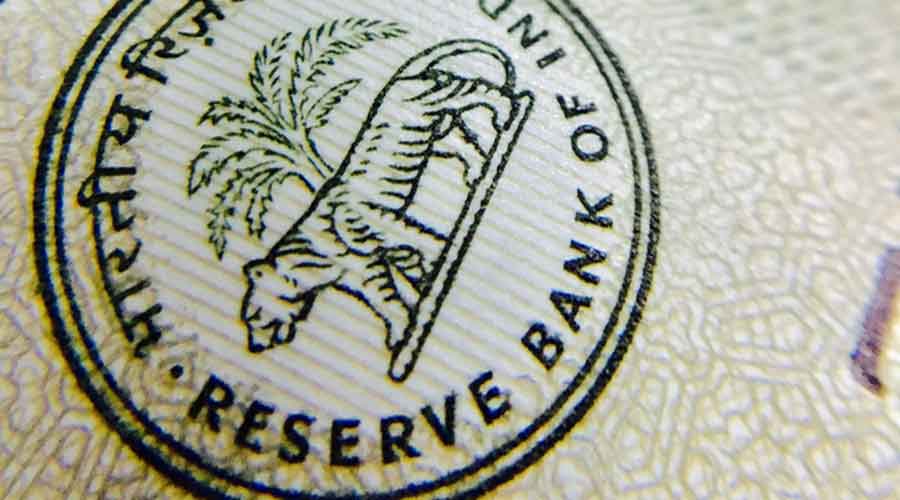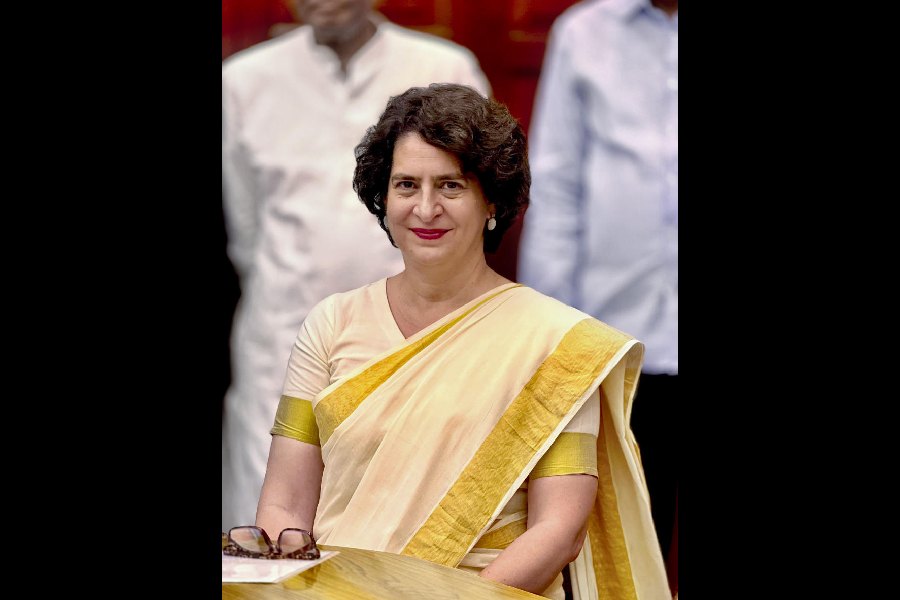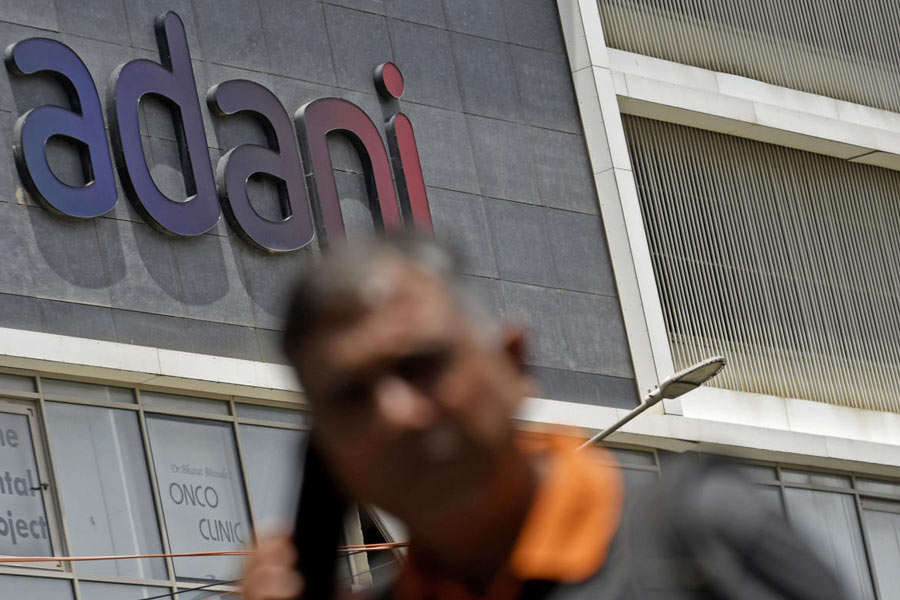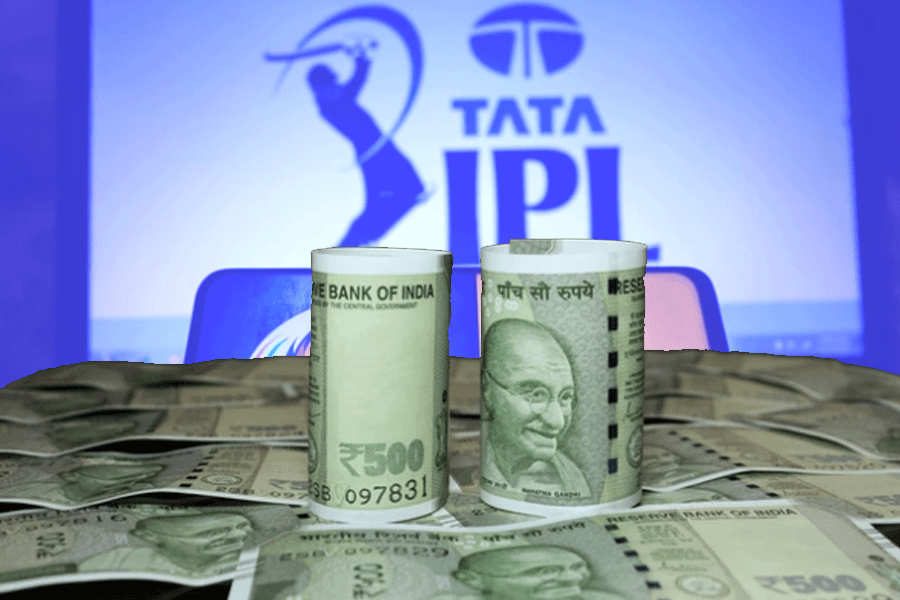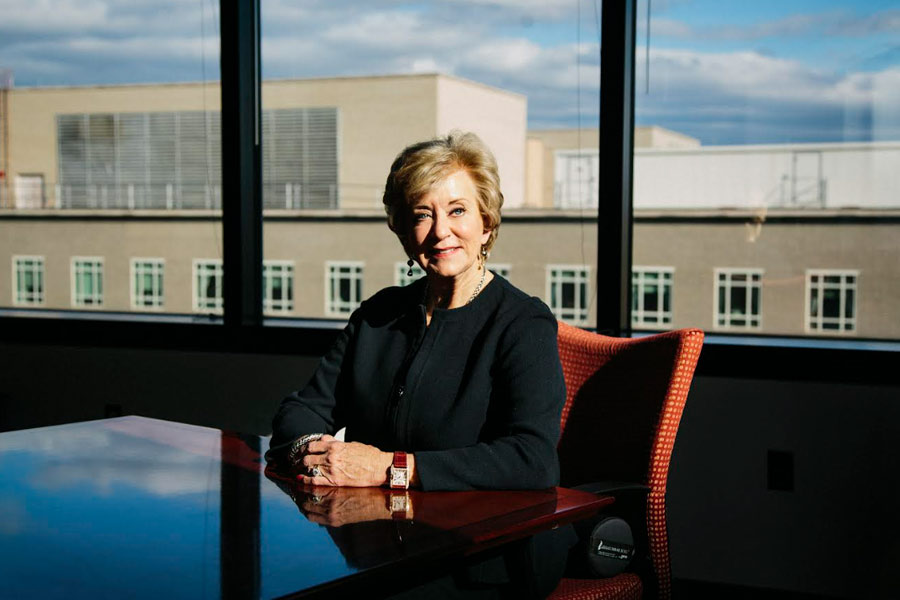The Reserve Bank of India has decided not to activate the countercyclical capital buffer (CCyB) framework as the current situation does not warrant such an action.
The RBI in February 2005 had put in place CCyB guidelines with the overall objective of strengthening the banking sector. It was envisaged that the CCyB would be activated as and when the circumstances warranted.
“Based on a review and empirical testing of indicators, it is not necessary to activate the counter-cyclical buffer at this stage,” the RBI said in a release.
The framework on CCyB was put in place by the Reserve Bank of India in terms of guidelines issued in February 2015 wherein it was advised that the CCyB would be activated as and when the circumstances warranted, and that the decision would normally be pre-announced.
The framework envisages the credit-to-GDP gap as the main indicator, which may be used in conjunction with other supplementary indicators like credit-to-deposit ratio, industrial outlook assessment survey, interest coverage ratio, and asset quality.
The Reserve Bank had said the aim of the countercyclical capital buffer regime was two-fold.
First, it requires banks to build up a buffer of capital in good times which may be used to maintain flow of credit to the real sector in difficult times.
Second, it achieves the broader macro-prudential goal of restricting the banking sector from indiscriminate lending in the periods of excess credit growth that have often been associated with the building up of system-wide risk.
In the backdrop of the 2008 global financial crisis, the Group of Central Bank Governors and Heads of Supervision (GHOS), the overseeing body of the standards set by the Basel Committee, had envisaged introduction of a framework on countercyclical capital measures.
ARC review
The RBI has set up a committee to undertake a comprehensive review of the working of asset reconstruction companies (ARCs) in the financial sector.
The six-member committee will be headed by Sudarshan Sen, former executive director, Reserve Bank of India.

